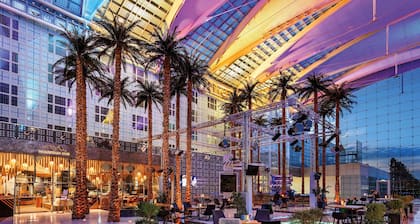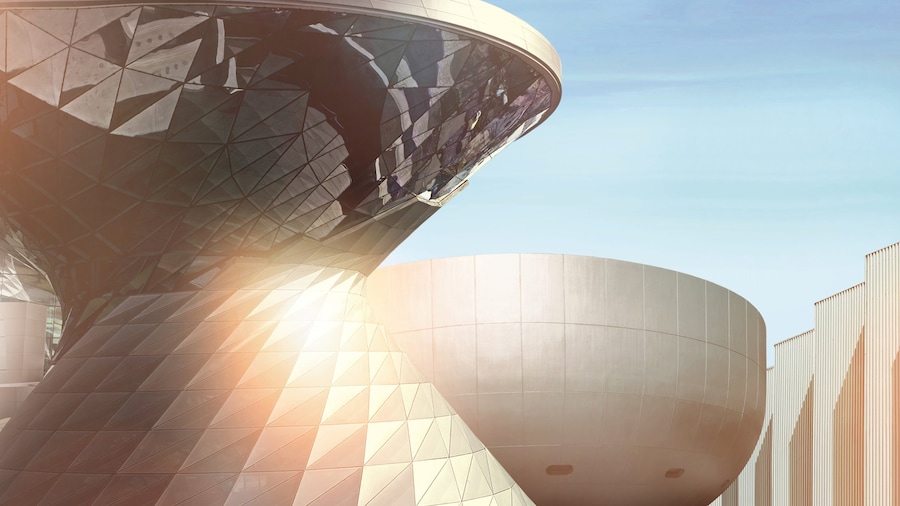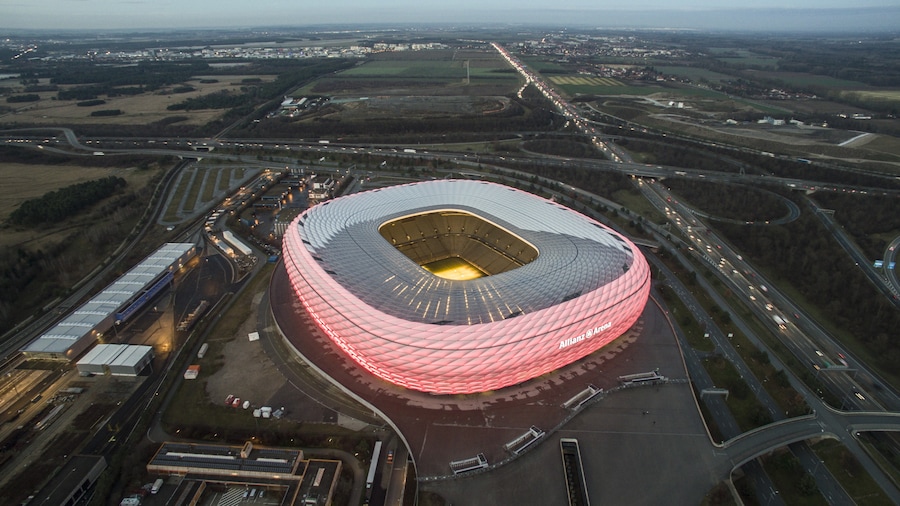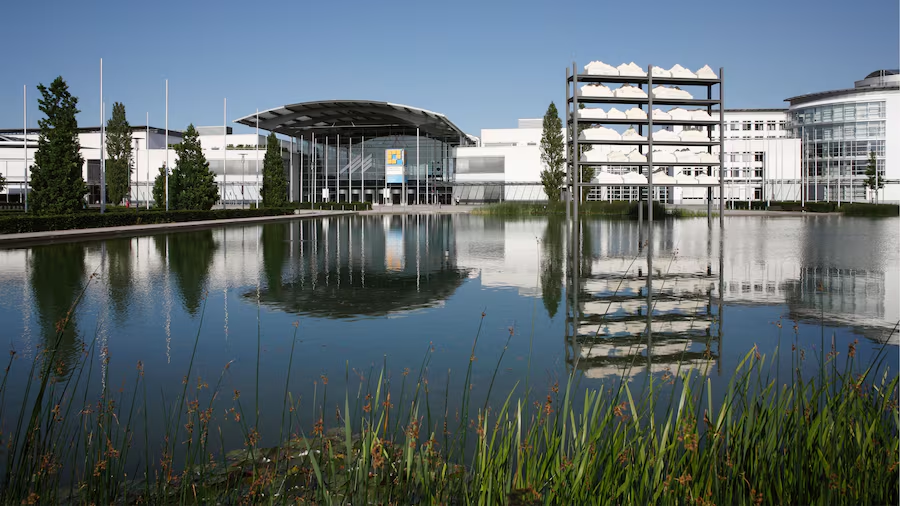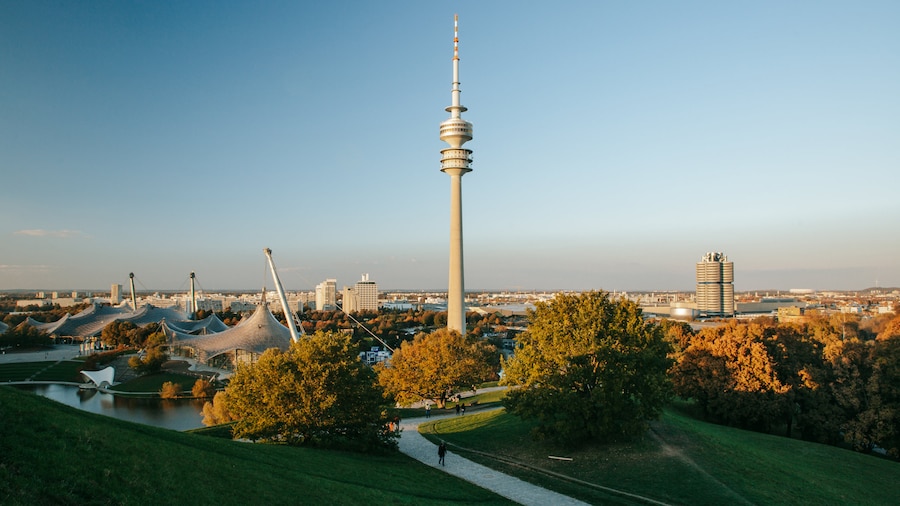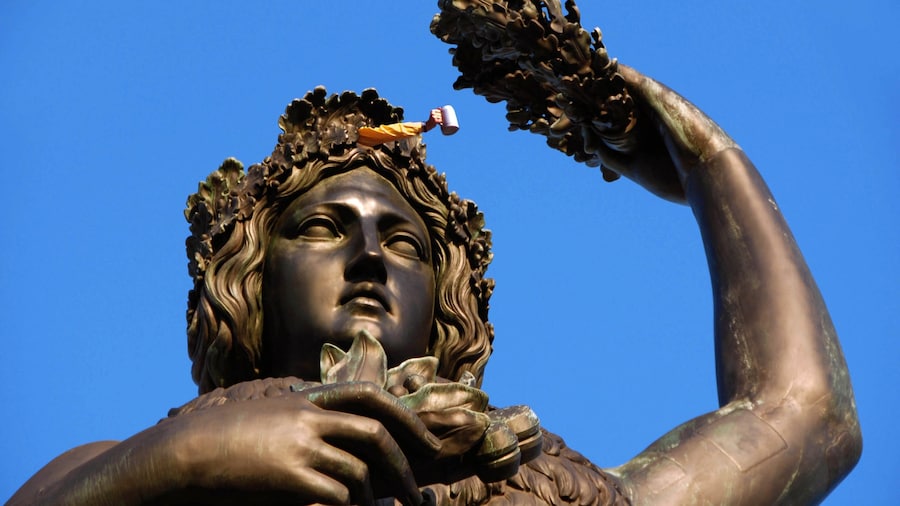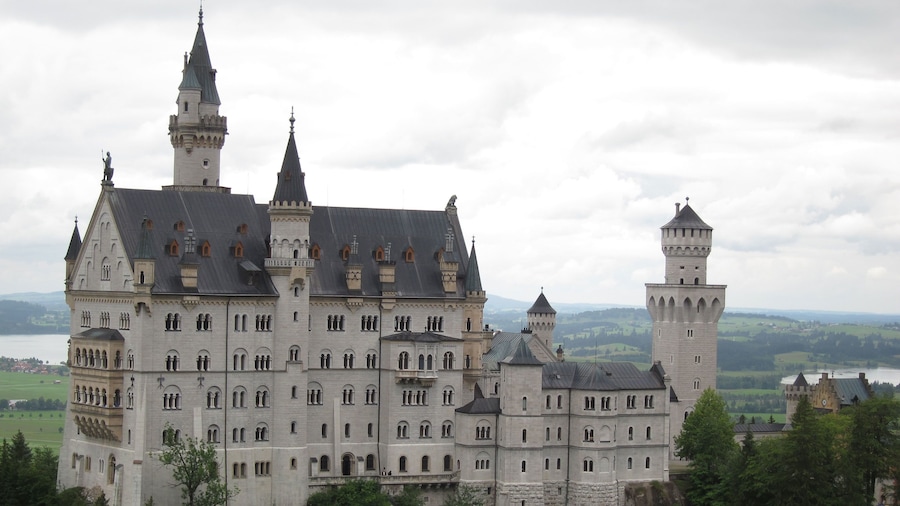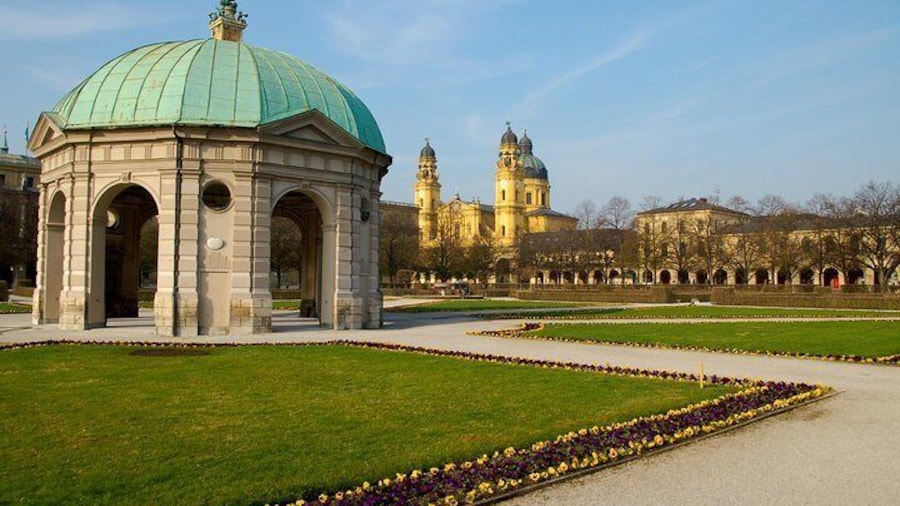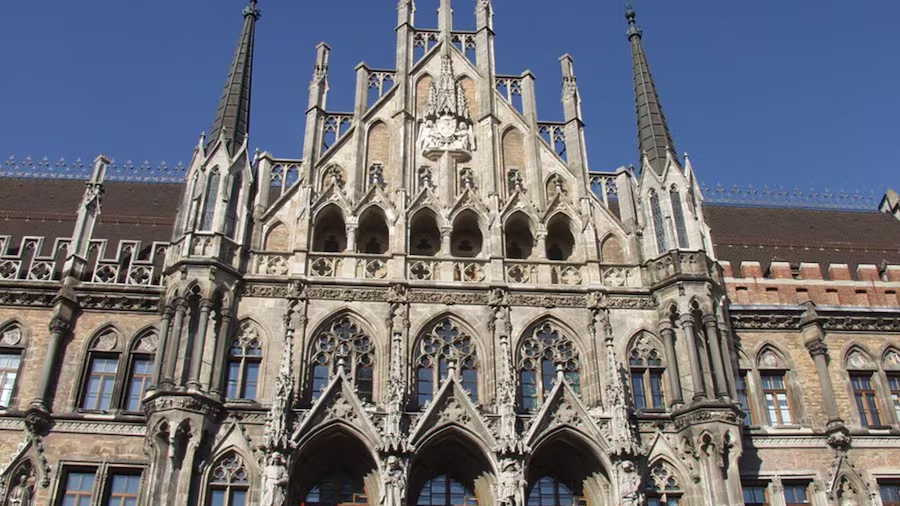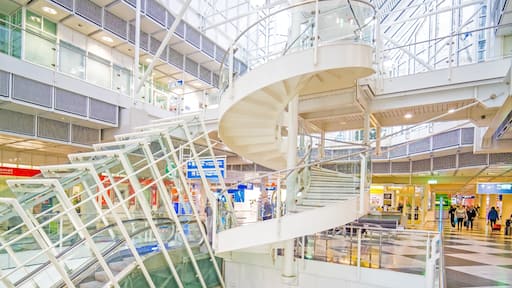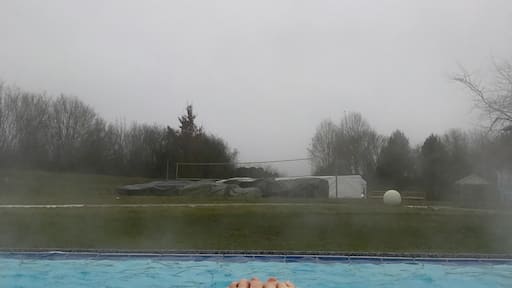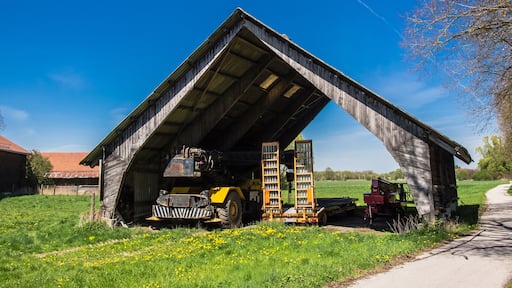The town of Oberding in Upper Bavaria lies in the middle of the Erdinger Moos Moor about 35km to the north of Munich, the capital of the state of Bavaria. Two rivers, the Sempt and Dorfen, flow through the Oberding area, and also the Middle Isar Canal which is used to generate electricity. Not far from Oberding is the Franz Josef Strauss International Airport and much of its grounds is within the territory of Oberding. South of the airport is the Oberdingermoos Nature Reserve which has birch woods, shrubland and remnants of the once extensive areas of moorland, making it a lovely place for memorable walks.
People on a mini-break in Oberding will find many churches steeped in history. One of the most striking is the Church of St Nikolaus in the Notzing area dating from the second half of the 15th century. The tower of this listed building has Romanesque components. The interior of the church is ornamented with elaborate frescoes and Baroque altars. A sacred jewel of the first order is the high altar which dates from the 17th century and is dedicated to the patron saint of the church, Nikolaus von Myra. A distinctive feature of the graveyard outside is the imposing tomb of the lords of Notzing Castle. Stone tablets list many names.
One of the most popular daytrip destinations for a trip to Oberding is Notzing Castle, a pretty building on the south-west of the hill where the Church of St Nikolaus stands. This 14th century, once-moated castle has charming stepped gables and a little tower and has a picturesque location in a lush green park. It's an easy walk to the Baroque Chapel of the Holy Trinity, built in 1680 on a hill to the north-west of the centre of Oberding-Notzing. The church is a listed building and is a reminder of a vow made by the people of Notzing after they survived a terrible storm.
A church which is often visited on a short trip to Oberding is the imposing Parish Church of St Martin in the Niederding area. Its striking onion dome is visible for miles around. Impressive features of the interior include three ornate Rococo altars from 1761 and 1762. Another jewel of sacred architecture is the Parish Church of St John the Baptist in the Aufkirchen area which has a delightful steepled dome. This important Baroque building built in 1731 is dedicated to John the Baptist and features a richly ornamented high altar which amazes visitors with its filigree Corinthian columns, gilded stucco and sculptures. The church organ with its enchanting Neorenaissance façade was built in 1888 by the well-known German organ builder Franz Borgias Maerz.





